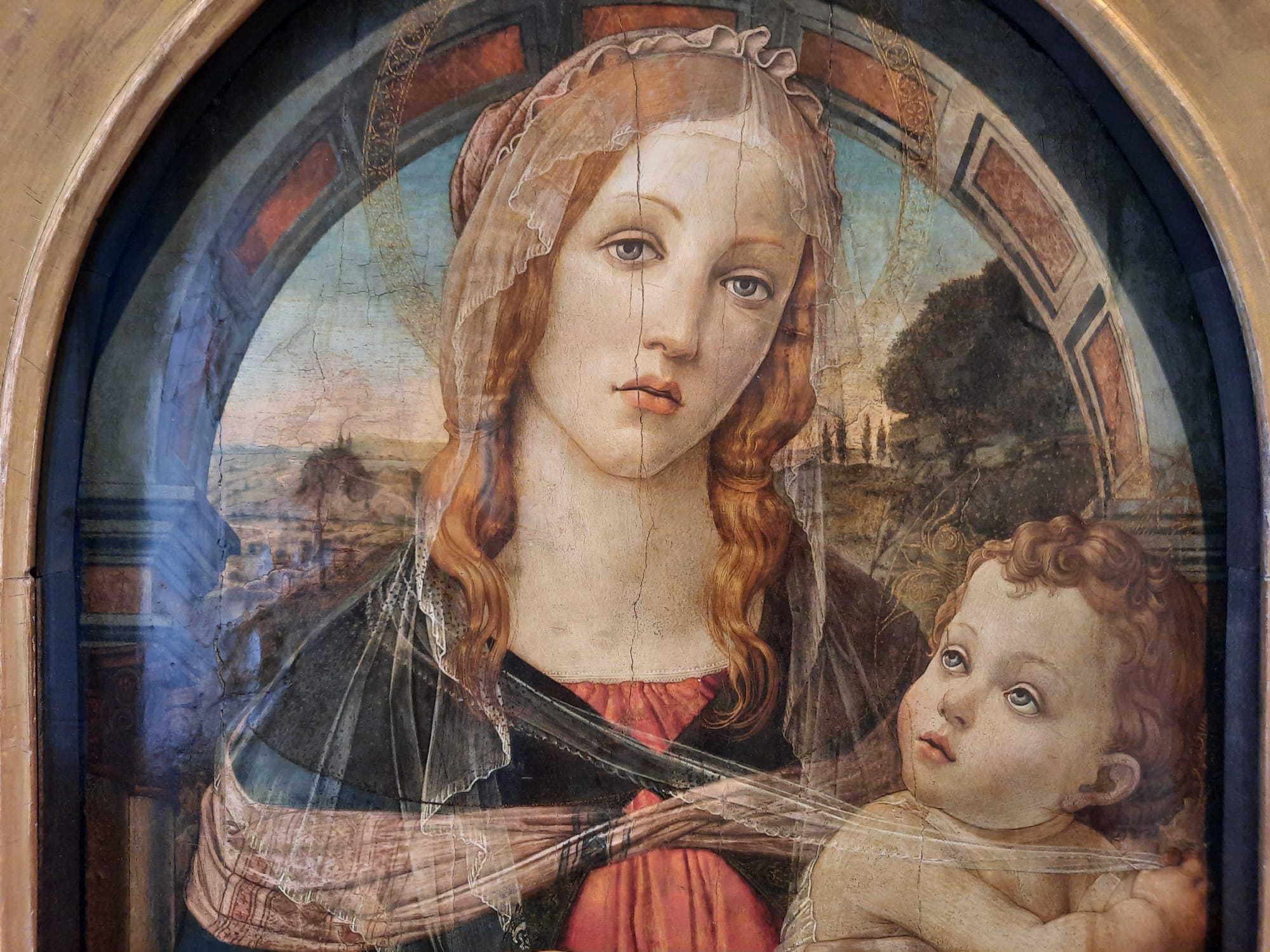Art And Artifice: Fakes From The Collection – The Courtauld Gallery, London
A small and intriguing exhibition pulled mostly from the Courtauld’s own collection, Art and Artifice dives into the world of artistic fakes and forgeries.
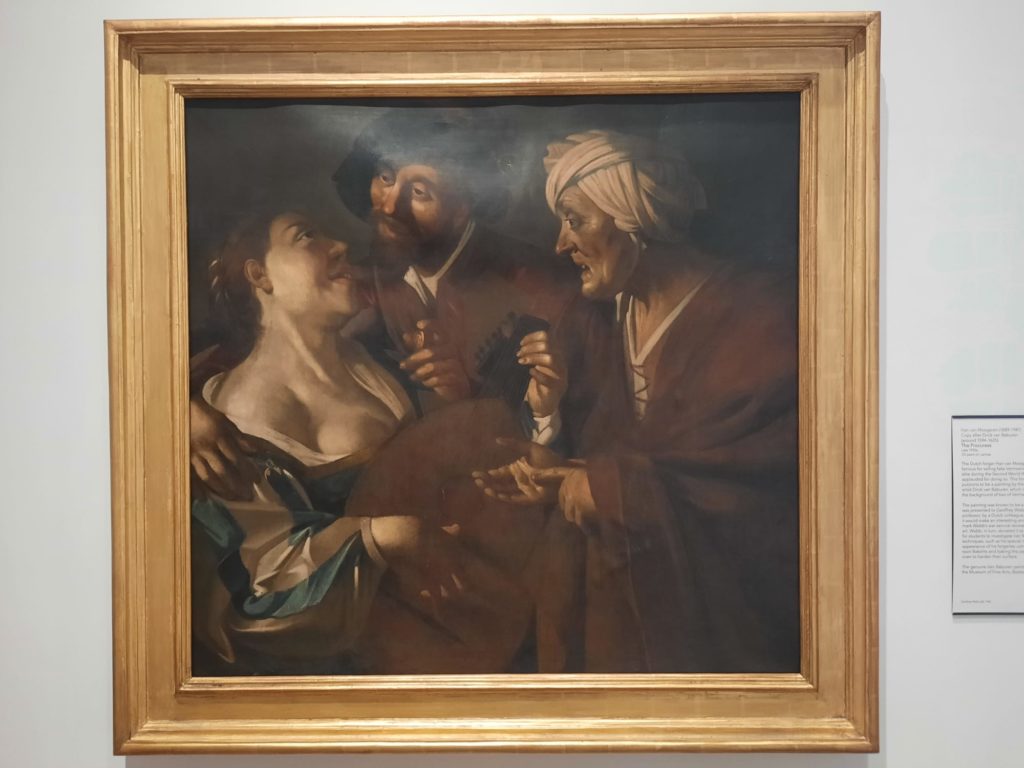
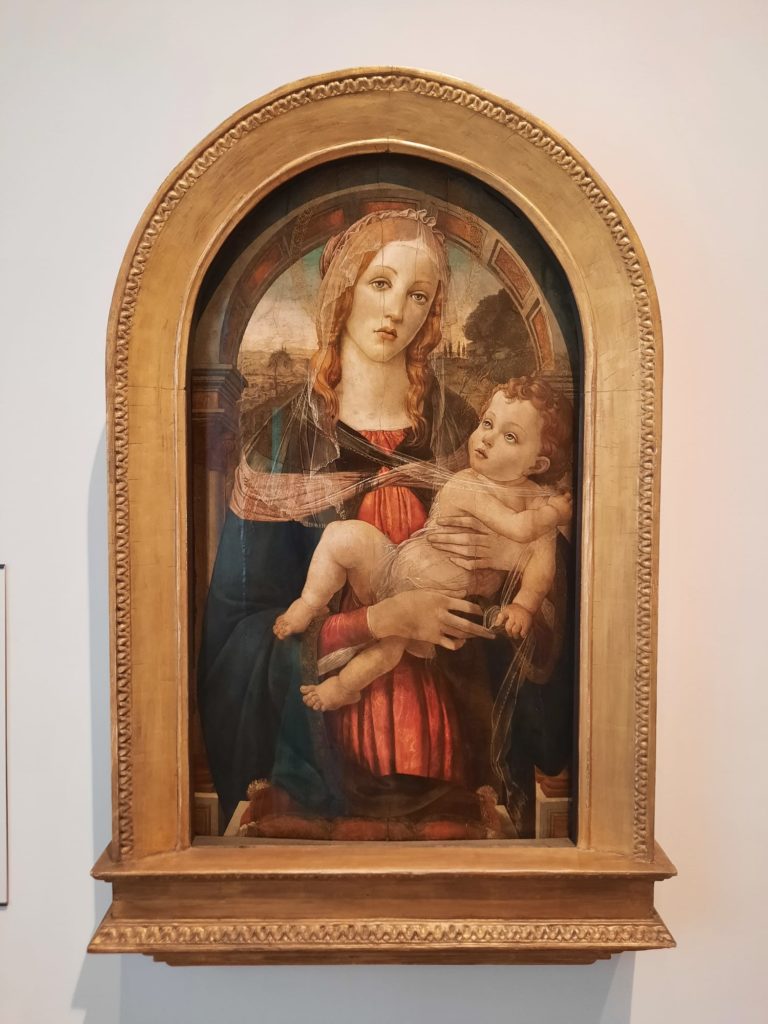
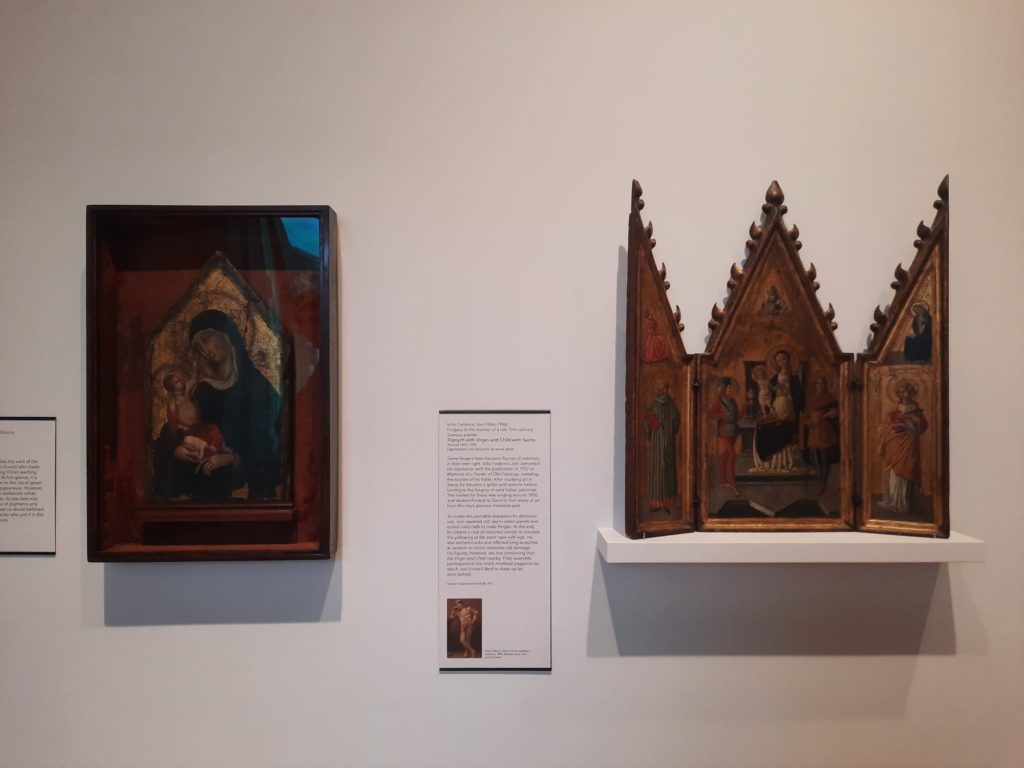

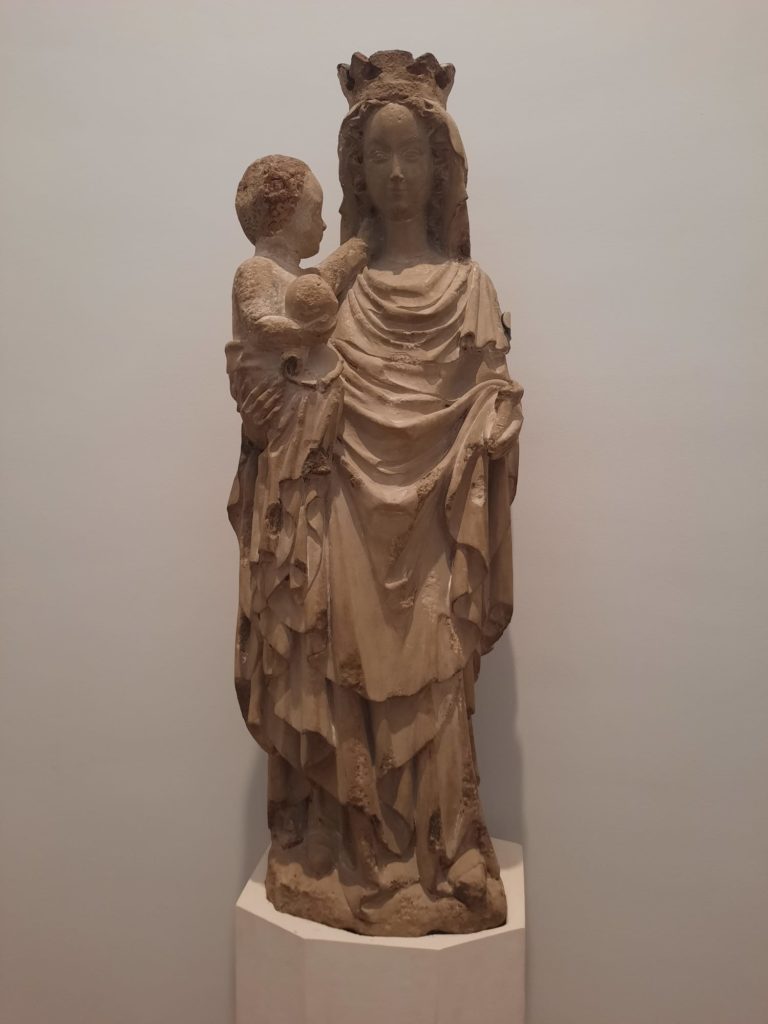

The Courtauld Owns Fakes?
Put simply, yes. Most major institutions probably do, whether they know it or not. Not just the ones with Old Masters, either: most fakes produced today are of modern art. There are reasons both for the presence of fakes in institutional collections, and the changing fashions in the types of works that are forged. And that leads us back to why the Courtauld have fakes in the first place. Or at least some of them.
You see, the Courtauld are a teaching institution. They offer degrees in things like art history, curating, and art conservation. And for the latter students to learn to discern genuine works of art from forgeries, comparing the two is a great teaching tool. Some of the fakes and forgeries were thus donations for this purpose. The other thing about art conservation is that scientific techniques have advanced greatly. It’s now possible to analyse pigments in a non-destructive way, thereby revealing when a work employs materials not available to the purported artist, for instance. Or to zoom into miniscule painted lines resembling craquelure. This is how other fake or forged works have been discovered.
And finally, there are the grey areas. Attributions change. New research and scholarship can promote a work from being a copy to an original. Or demote it from being an original to a work by a follower or the circle of an artist. This isn’t the same as a deliberate fake, but is a third way for institutions to end up with works that are not quite what they appear. And sometimes we will never quite know. Once an attribution is in doubt, it can be hard to definitively prove it one way or the other.

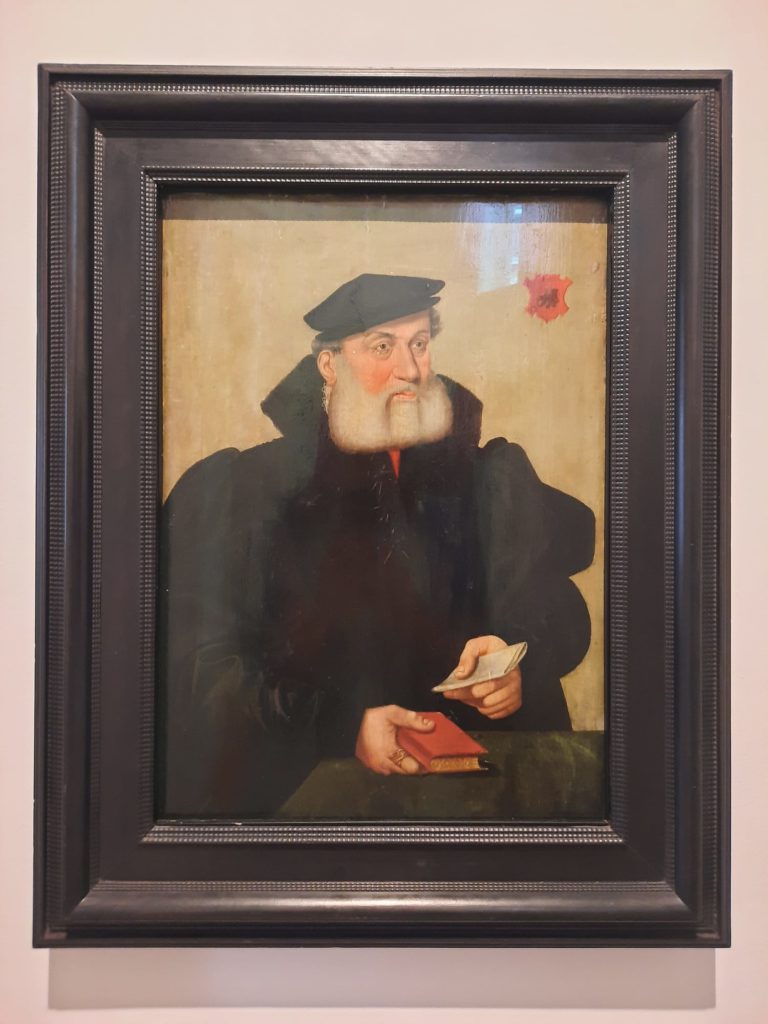
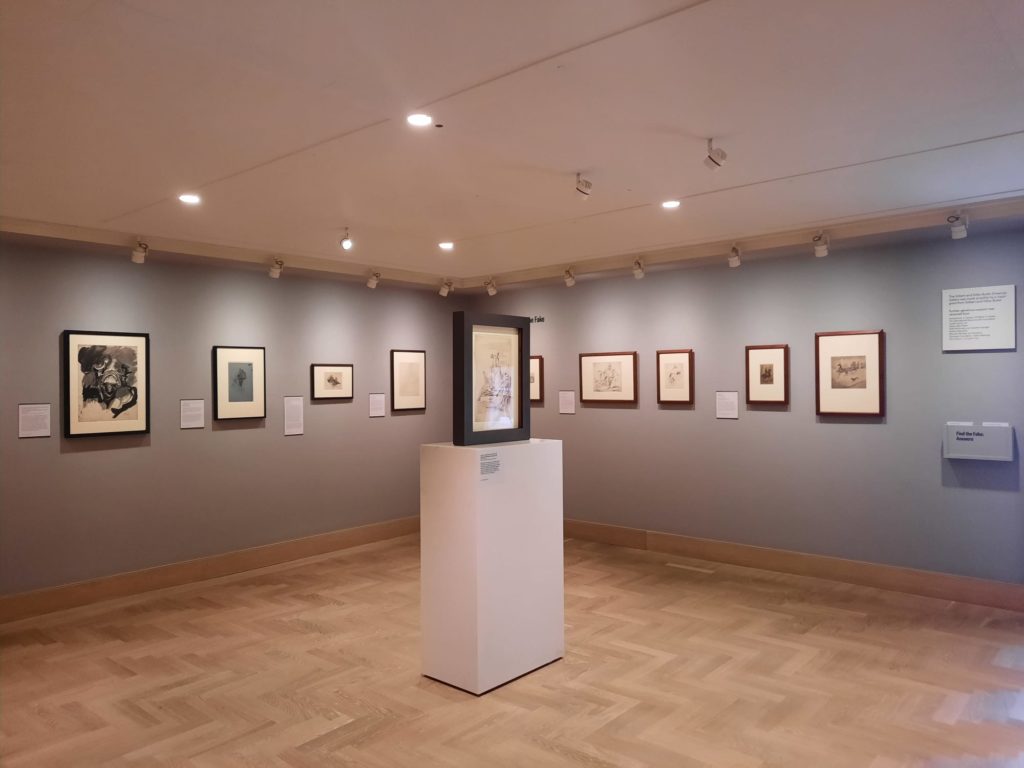

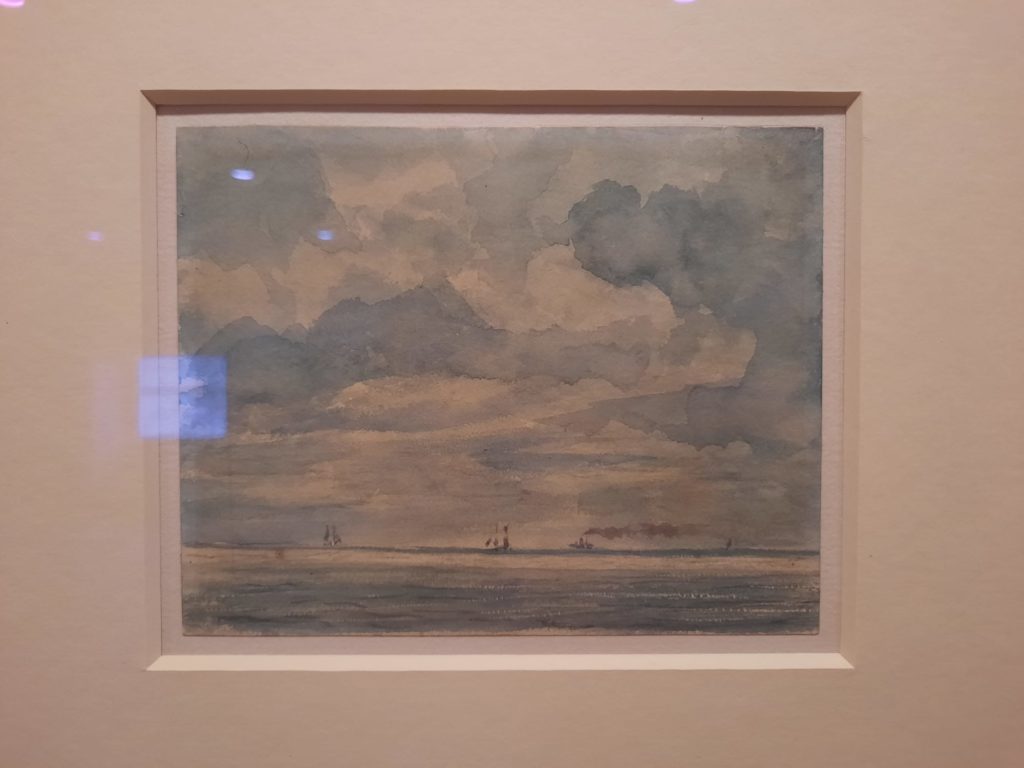
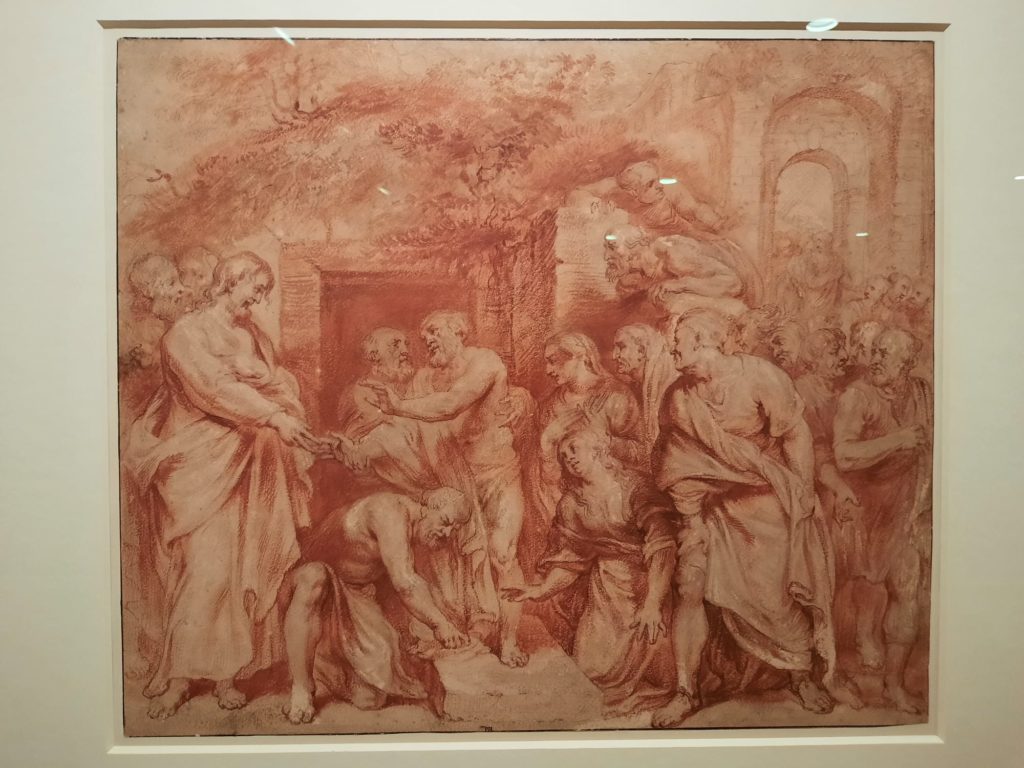
Art And Artifice: Fakes From The Collection
So this is the subject of the Courtauld Gallery’s current temporary exhibition, Art and Artifice: Fakes From The Collection. As the exhibition is mostly drawn from the gallery’s permanent collection, it’s included in the normal ticket price rather than attracting an additional charge. It’s a simple format: a room of mostly paintings, and a room of mostly drawings. They can be viewed in either order. But it worked quite well for us to see the paintings first and then head downstairs.
The aim of the exhibition is both a survey and an education. There are examples of different ways in which fakes have come to light. The wrong pigments or paper type, suspicious wear patterns, evidence of falsely aging a work, and so on. There are works that were created deliberately as fakes and works that were falsely attributed to an artist at a later date. As I mentioned above, there are examples of known fakes donated as teaching resources, and fakes which entered the collection as genuine. And there are a handful of works whose attribution is not entirely certain.
It’s a remarkably transparent exhibition. For instance, in the 1990s, the Courtauld received a phone call alleging that 11 works in their collection were the work of prolific forger Eric Hebborn, who by that time had died. One certainly is, as Hebborn boasted about selling it to the Courtauld in his memoir. Others were not, as their age could be proven. The rest: uncertain. But the Courtauld clearly sets all of this out, as well as revealing just how long it took to get to the bottom of the mysterious claim, and why.


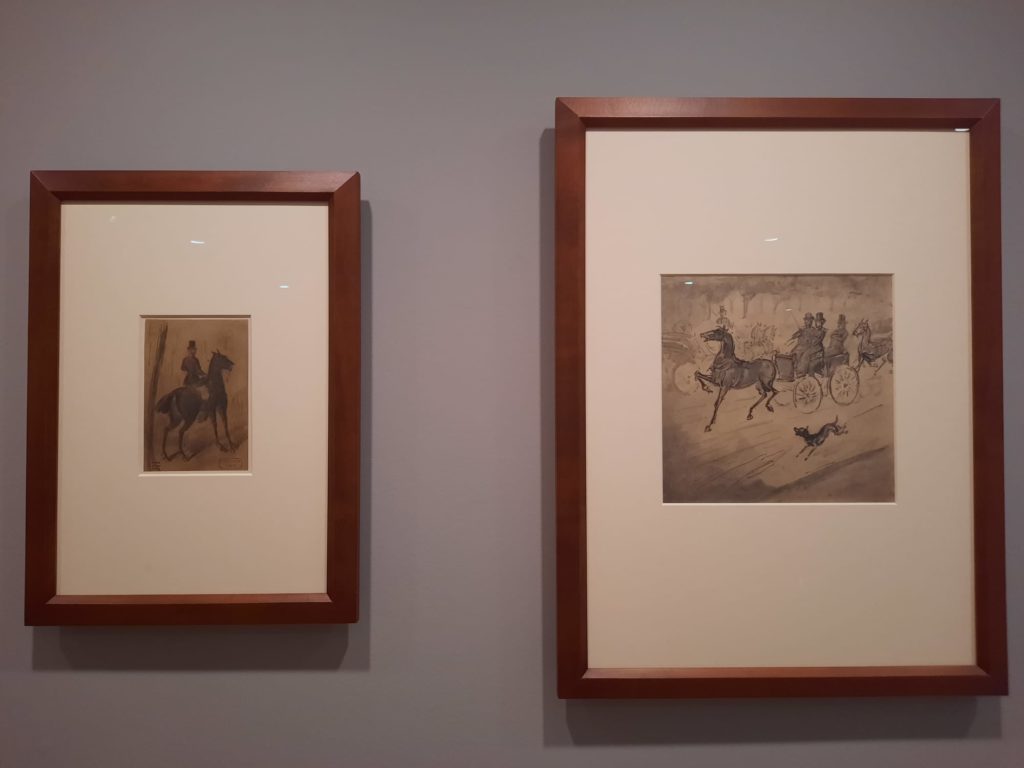
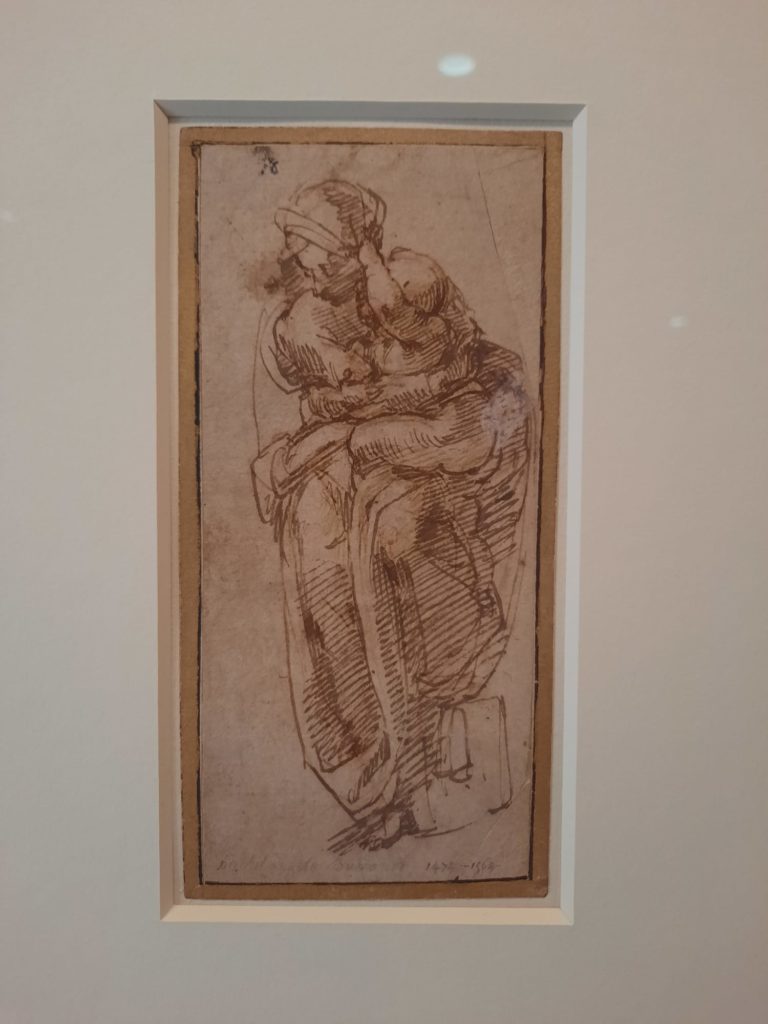

Final Thoughts On Art And Artifice: An Artistic Thrill
Hebborn’s memoir brings me onto an interesting theme I noticed in the exhibition. I feel like there is some sort of parallel in terms of psychological process between forgers and serial killers. I’m not trying to be flippant: what I mean is that in both cases, the thrill is in getting away with something but there seems to be an increasing desire over time to flirt with getting caught. Hebborn isn’t the only notable forger to have written a memoir. There’s also Shaun Greenhalgh, Ken Perenyi and Tony Tetro. In fact there are so many, it’s almost a natural career progression. Or you can do like the famous Hans van Meegeren, admit you sold a fake Vermeer to the Nazis, and become a national hero.
In any case, a little of this vicarious thrill comes through in the exhibition. Works by some of the famous forgers, including van Meegeren, are on display. You can see what some artists and dealers were trying to get away with, and imagine their joy upon finding themselves successful.
It’s also a great exhibition for bringing Old Master Drawings to life. I know they’re important, and sometimes very beautiful, but I normally find them a little dry. But spotting what’s ‘wrong’ with the ones in this exhibition is rather fun, especially a guessing game which pits a real and a fake drawing by the same artist against each other and asks visitors to figure out which one is which. It’s a great idea and puts you in the shoes of a curator or conservator. Not a bad place to finish the exhibition and put your newfound expertise to the test! Except for me, as I lost to the Urban Geographer…
Salterton Arts Review’s rating: 4/5
Art and Artifice: Fakes from the Collection on until 8 October 2023
If you see this after your page is loaded completely, leafletJS files are missing.

